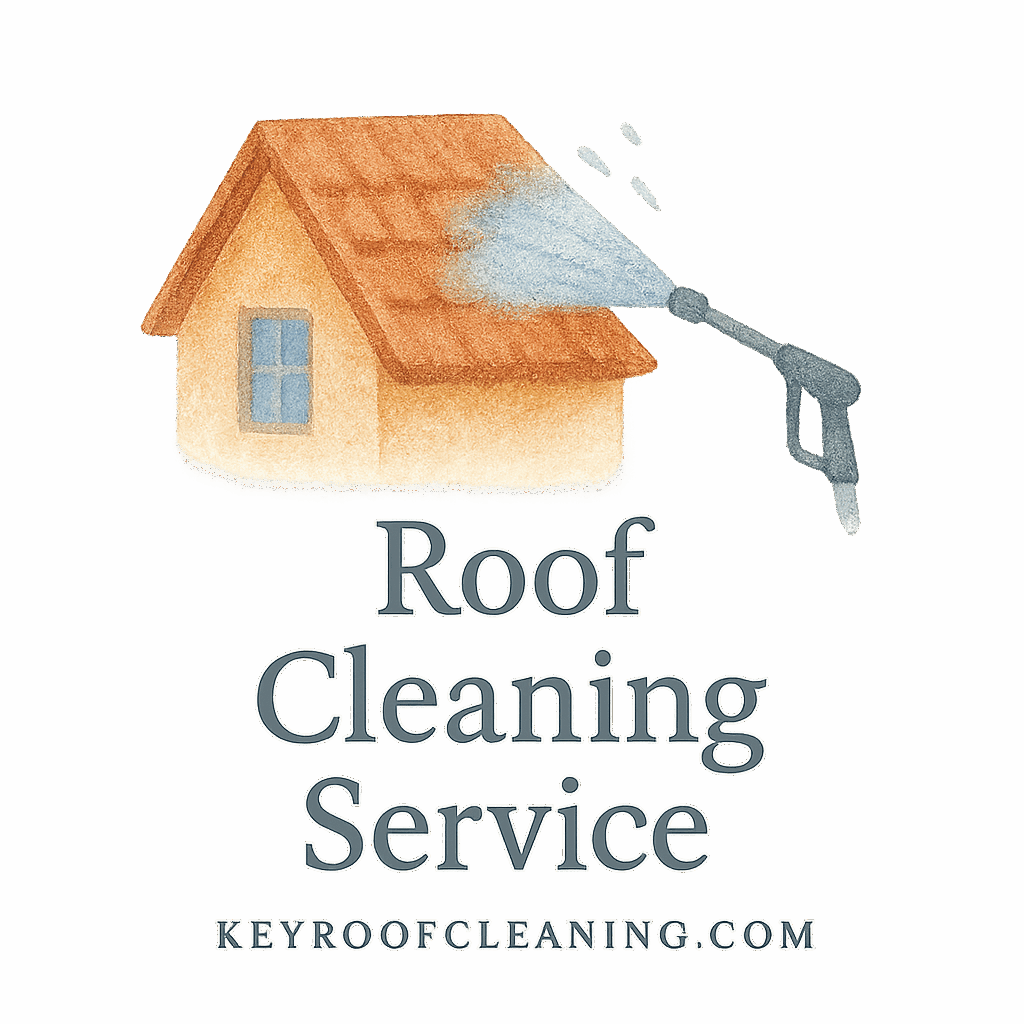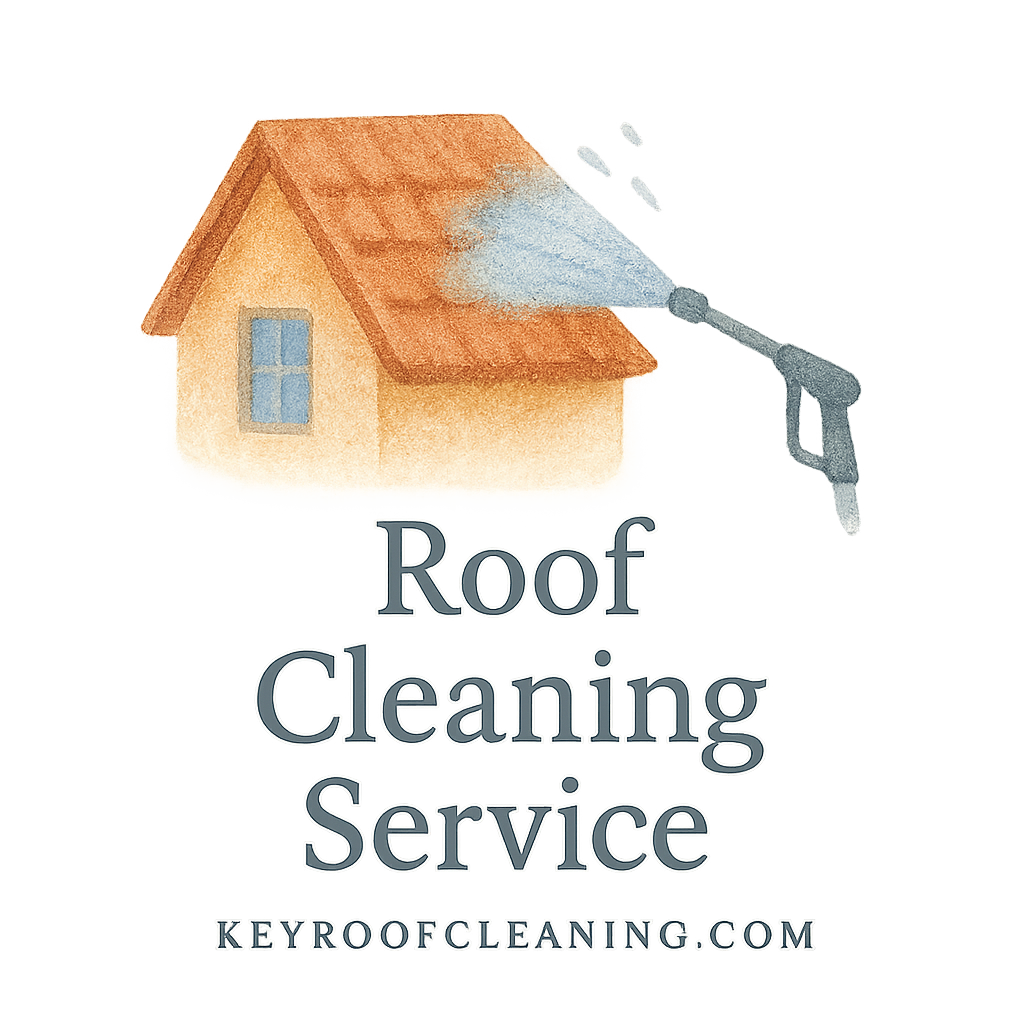Introduction
Let’s face it—roof cleaning isn’t exactly the hottest topic at your weekend barbecue. But whether you’re a homeowner, a property manager, or someone eyeing better curb appeal, you’ve probably run into tons of myths about cleaning roofs. Especially when it comes to different roofing materials, the misinformation can be costly, if not downright dangerous.
Today, we’re debunking 8 common myths about roof cleaning different roof materials. And if you’re wondering what actually works and what doesn’t, this guide is your golden ticket. 🌟
We’ll even sprinkle in helpful resources from Key Roof Cleaning to point you in the right direction!
Myth #1: All Roofs Can Be Cleaned the Same Way
Why Roof Material Matters
This one’s a doozy. People assume roof cleaning is one-size-fits-all. Spoiler alert: it’s not.
Different roof materials like metal, asphalt shingles, wood shakes, and tile have unique structures and vulnerabilities. What works great on a tile roof can destroy asphalt shingles or rot wooden shakes.
Cleaning a Tile Roof vs. Asphalt Shingles
For example, tile roofs are sturdy but brittle. Too much pressure or the wrong chemical can crack them. Meanwhile, asphalt shingles can lose their protective granules if scrubbed too harshly.
Before cleaning anything, check out Roof Types & Materials to see the best method for your roof.
Myth #2: Roof Cleaning Is Just for Aesthetics
The Real Benefits of Roof Cleaning
Sure, a clean roof looks great. But this isn’t just about appearances.
Regular roof cleaning prevents moss, algae, and lichen buildup—which, if left unchecked, can shorten your roof’s lifespan and lead to water damage or mold.
Want more on the science behind it? Head over to Basics of Roof Cleaning.
Prolonging Roof Lifespan
A roof is a long-term investment. Regular cleaning can extend your roof’s life by years, saving you thousands in premature repairs or replacements.
Myth #3: Pressure Washing Works for Every Roof
When Pressure Washing Can Damage Your Roof
Pressure washing might be satisfying to watch, but it’s often overkill—and dangerous. High-pressure water can tear off shingles, loosen tiles, and damage sealants.
It’s especially risky for delicate or aging roofs.
Safer Alternatives You Should Consider
Soft washing is the gentler cousin of pressure washing. It uses eco-friendly, biodegradable solutions to break down grime without brute force.
Explore Roof Cleaning Techniques to understand which methods suit which materials best.
You’ll also want to stay away from harsh chemicals that aren’t eco-friendly or sustainable for your environment.

Myth #4: DIY Roof Cleaning Is Always Cheaper
Hidden Costs and Risks of DIY Methods
DIY can be great for crafts—but not always for roof cleaning. Without the proper tools and products, you risk damaging your roof or, worse, injuring yourself.
Not to mention, you’ll probably need to invest in ladders, safety gear, and biodegradable chemicals.
The Value of Professional Services
Professionals know how to clean efficiently, safely, and in line with OSHA standards. Plus, hiring a professional service usually comes with insurance—something your DIY method doesn’t.
If you’re considering hiring help, these hiring tips will point you in the right direction.
Myth #5: Bleach Is the Best Cleaner for All Roof Types
Harmful Effects on Roof and Environment
Bleach might kill algae, but it can also kill your landscaping, corrode metal fixtures, and degrade roof materials. Yikes.
Eco-Friendly Roof Cleaning Solutions
Use biodegradable and green methods instead. They clean just as well—without harming your home or the environment.
Bonus: Green solutions contribute to your sustainability goals and support green living!
Myth #6: Cleaning Roofs in the Rain Is Fine
Safety Hazards and Ineffectiveness
Rain makes roofs slippery and dangerous. Even with proper ladder safety, the risks go way up. Also, rainwater dilutes your cleaning solution, making it less effective.
Better to check the weather and plan your cleaning on a dry, overcast day.
Need a refresher on maintenance & safety? Bookmark that link.
Myth #7: Once Cleaned, Roofs Don’t Need Maintenance
Why Regular Maintenance Matters
Just like your car needs oil changes, your roof needs periodic TLC. Cleaning it once and forgetting it is a fast track to costly repairs.
Tools and Products That Make a Difference
Using the right tools & products for routine checks—like debris removal, algae treatment, and inspection—will help you stay ahead of potential issues.
Keep a maintenance checklist handy so you never skip a beat.
Myth #8: Any Cleaning Method Is Fine for Delicate Roofs
Understanding Delicate Roof Materials
Some roofs—like cedar shakes, slate tiles, or old clay tiles—need extra care. Using the wrong method can crack, stain, or even permanently damage them.
You’ll often see these materials tagged as delicate roofs.
Choosing the Right Cleaning Method
You wouldn’t use dish soap on your car’s engine, right? Likewise, you need to match the right cleaning approach to the right material.
That’s why we always recommend a visit to Cleaning Methods before starting.
Conclusion
So, there you have it—8 myths about roof cleaning different roof materials, busted wide open. 🧨
Cleaning your roof isn’t just about looks. It’s about safety, longevity, and protecting one of the biggest investments you’ll ever make. And when you consider all the different materials, methods, and myths out there, it pays to do things the right way.
Make sure to stay informed and check out trusted resources like Key Roof Cleaning for in-depth guides, safe cleaning tips, and more.
FAQs
1. Can I use a pressure washer on a metal roof?
It’s possible, but not always recommended. Instead, opt for soft washing and check roof cleaning techniques first.
2. What is the safest way to clean a tile roof?
Use low-pressure water and biodegradable cleaners. More on tile roofs here.
3. How often should I clean my roof?
At least once a year, or every 6 months in humid areas. Check this roof maintenance guide.
4. Is roof cleaning covered by insurance?
Usually not, unless it’s part of damage repair. Consider hiring professionals with insurance.
5. What are eco-friendly roof cleaning products?
They’re biodegradable, non-toxic solutions that clean without harming your home or the planet.
6. Why is bleach bad for roof cleaning?
It can corrode materials, kill plants, and pose health risks. Choose green methods instead.
7. Can I clean my roof if it’s raining lightly?
Nope. Wet conditions increase the risk of slipping. Review accident prevention tips before you climb.


